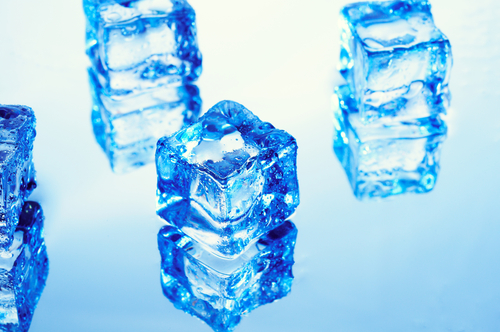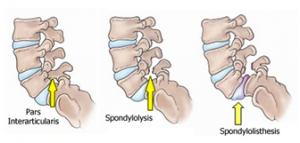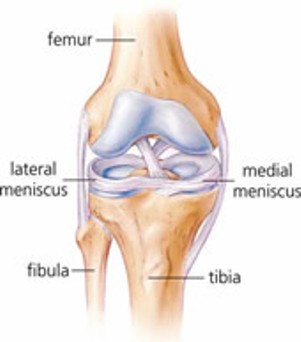 Each meniscus is divided into three sections the anterior horn, the body, and the posterior horn.
Each meniscus is divided into three sections the anterior horn, the body, and the posterior horn.
The meniscus is then further classified into thirds , being the outer third, middle third and inner third.
When describing meniscal tears, especially based on MRI findings and/or arthroscopic findings, they will usually make reference to the following descriptions:
LOCATION: The tear may be located in the anterior horn, body or posterior horn of the meniscus and may not be exclusive to one area but cross two or three areas. Tears are most common in the posterior horn.
It will then be classified further into which third the tear is located – the outer third, middle third or inner third. Once again the tear may cross over more than one third. This classification is important as will assist in determining the ability of the tear to heal since the blood supply is critical in the healing process, hence tears in the outer third have the best chance of healing.
Read more
 The question is often asked. “How frequently should I replace my running shoes?”
The question is often asked. “How frequently should I replace my running shoes?”



